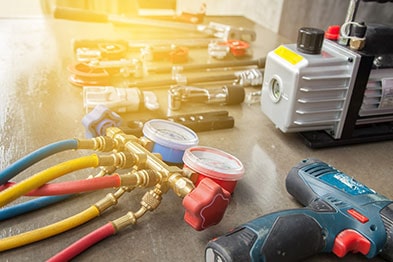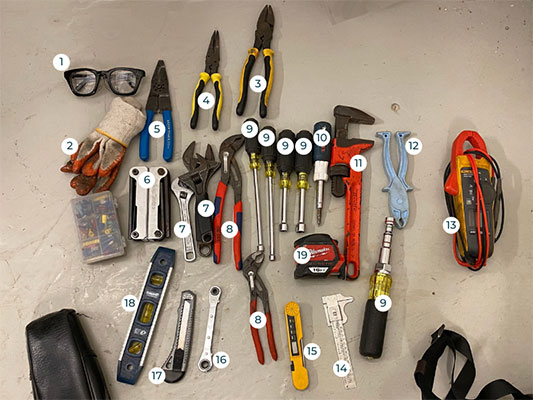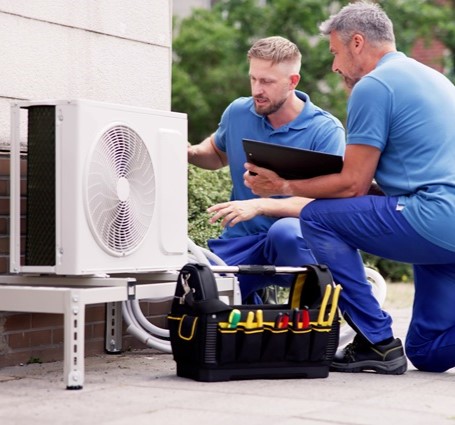
The Fedcap Group Announces Expansion of Apex Technical School with New Full Branch Campus in Midtown Manhattan
New York, NY– The Fedcap Group today announced that Apex Technical School has received regulatory approval to launch a second full-service branch campus





